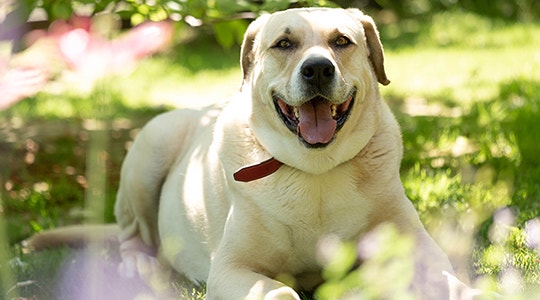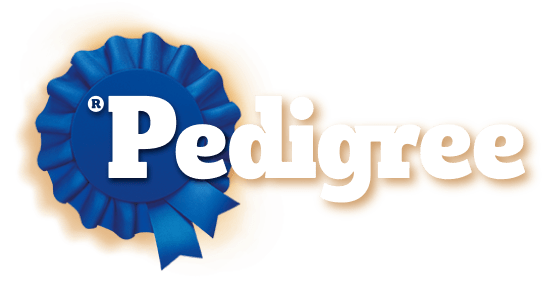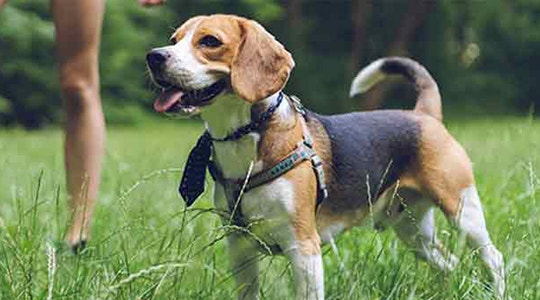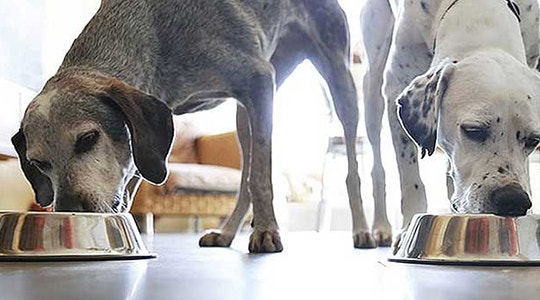
Why Does My Dog Hide His Bones?
Have you ever found a dog biscuit in your pooch's bed and wondered how it got there? No, it's not the dog fairy at work. Your dog is just practicing the canine instinct of food hoarding. To understand this peculiar behavior, it helps to look back to your dog's wild ancestors.
In the world of early canines, food was often hard to come by. If a dog was lucky enough to find something to eat, he had to compete with other dogs in his pack—not to mention other animals—to keep his spoils. So dogs would bury bones and carcasses near their den. This hoarding was also helpful if the hunting was exceptionally good and there was more than enough food to devour at one time. If food became scarce again, the dogs would just dig up their old kill and enjoy a meal.
Dogs aren't the only creatures that practice hoarding. Leopards drag their kill high up in the trees so they can eat without fear of intruders. Beavers collect piles of vegetation around their lodges in anticipation of a cold winter. And squirrels store their nuts and acorns in a tree hollow or bury them in the ground.
Of course, your family dog doesn't need to hunt or hoard his food in order to survive. His bowl will always be filled and refilled. But you may still see the instinct of hiding kibble and bones resurface from time to time. One thing has changed, however. Because today's dog doesn't experience the lean times that his canine ancestors did, chances are his hidden treasures may stay hidden.




